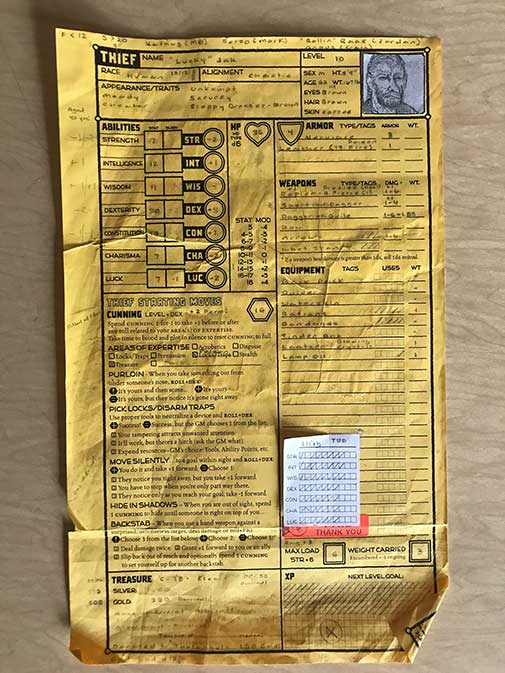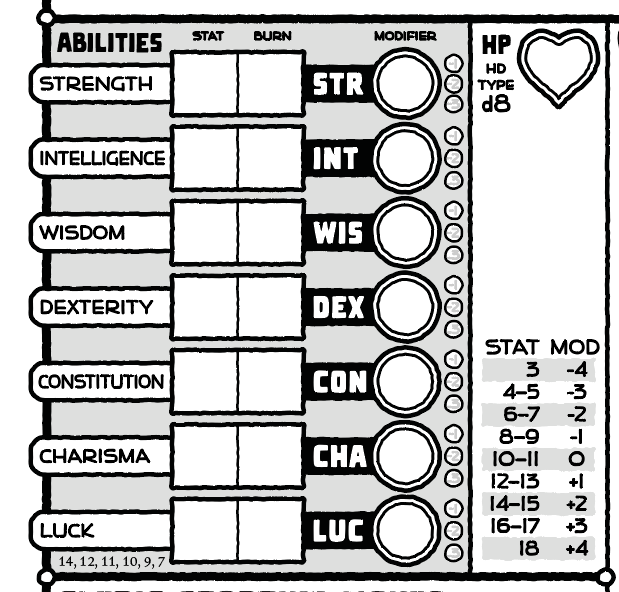I’ve been thinking about Managing Provisions lately, and rations in general
I’ve been thinking about Managing Provisions lately, and rations in general
I’m increasingly persuaded that rations should not be a “one per player” deal, but rather a “one per party” deal, so that there is a shared pool of rations and the whole party eats once a day.
Why is this? Well mostly it’s because when somebody inevitably has more food than someone else, they just give the excess to the famished teammate. If you have a group that thrives on petty interpersonal conflict then by all means keep personal ration-tracking in, but what effectively happened in my games was that we had a shared pool of communal food that was broken up and tracked across four-five player sheets. If we reached a point where one person was hungry, it probably meant everyone was hungry, or soon would be. Streamlining this process – having them share that burden, eating and running out of food as a group rather than individuals – increases its dramatic tension and presents hunger as another team obstacle that drives forward the evening’s play.
I’ve decided I want to try out something else – treating rations as another ammo like in Volley. You don’t use up a ration every time you eat – you use it up whenever you get a 7-9 or a GM move or whatever.
This also solves the related issue I’ve had of Manage Provisions having the option of “you use less rations than usual”, which always left the nitty-gritty down to the GM in a way that wasn’t especially interesting. Letting them use less rations than required never mustered more than a “huh, neat”, because food management wasn’t really something they thought of. They just ate when they were told, and gave extra to those without.
Here’s what I’ve thought of so far: Dungeon Rations become an ammo (5) item. The players can describe whether the food is shared among all their packs, or nominate someone to carry it. The weight isn’t really important.
Manage Provisions
When you prepare and distribute food for the party, roll +WIS:
on a 10+, everyone eats well
on a 7-9, everyone eats well after choosing 1 from the list below.
Mark off 1 ration/ammo
The smell of food attracts unwanted attention
(something else)


